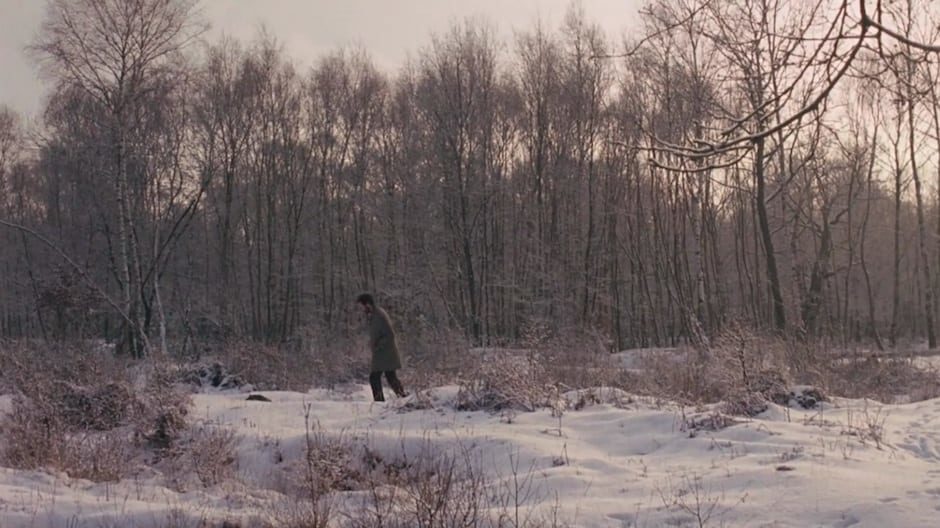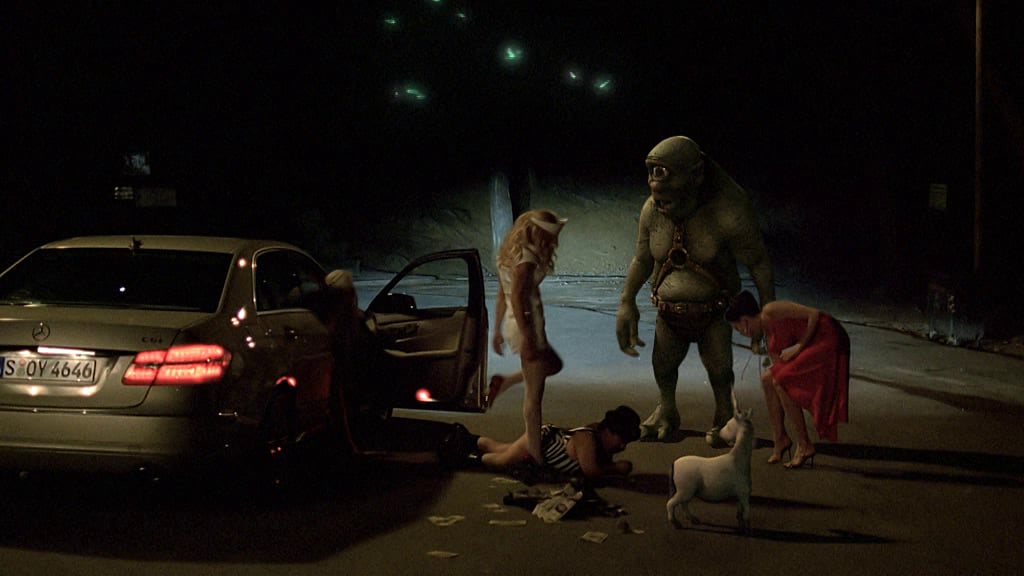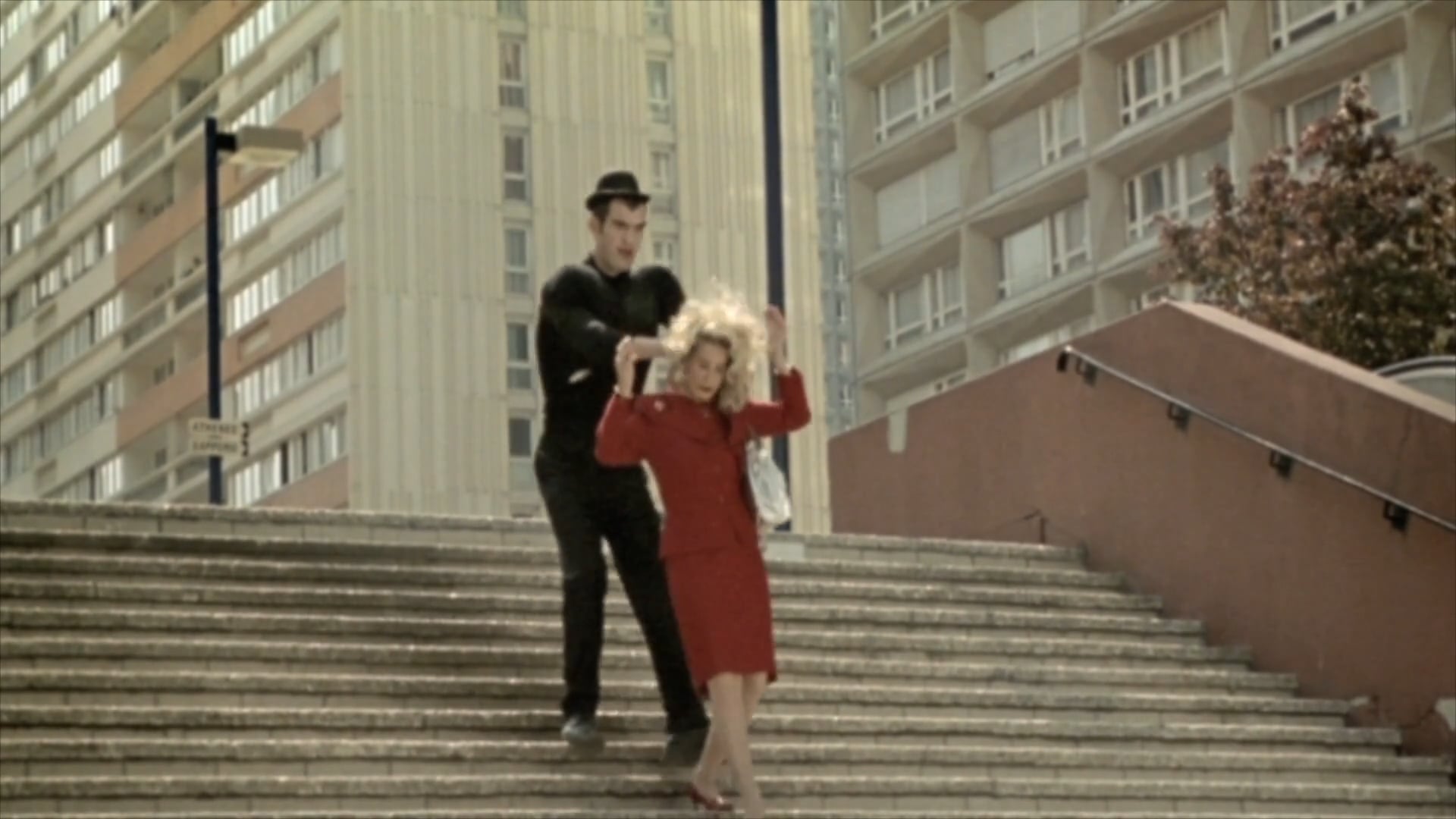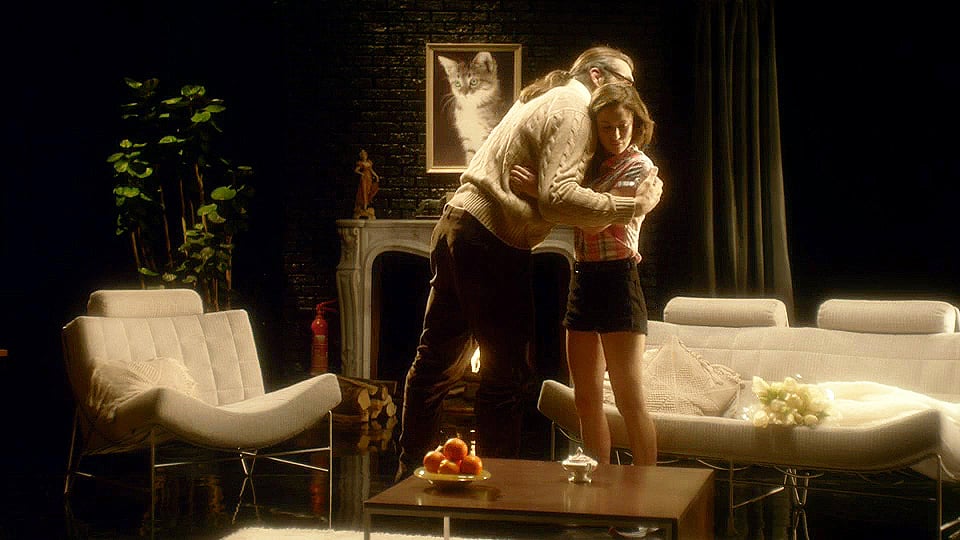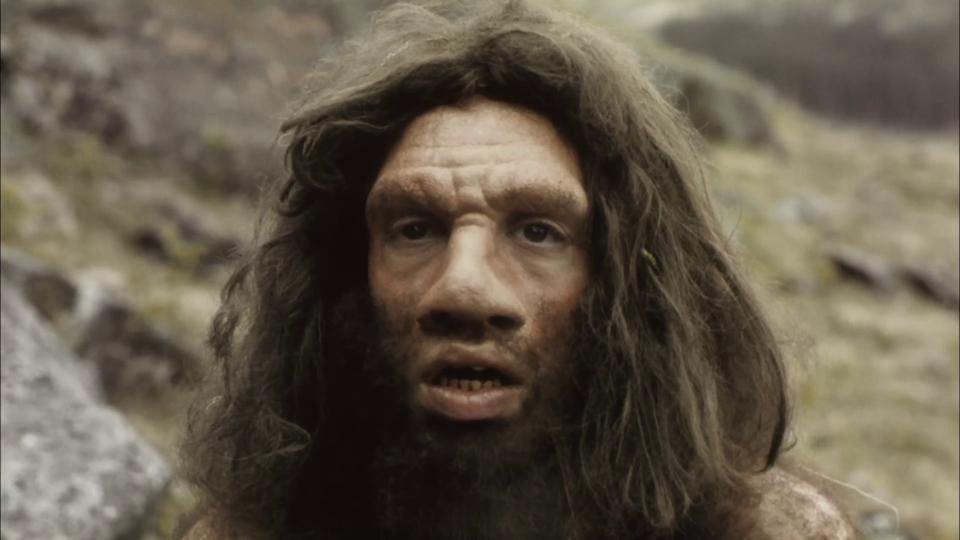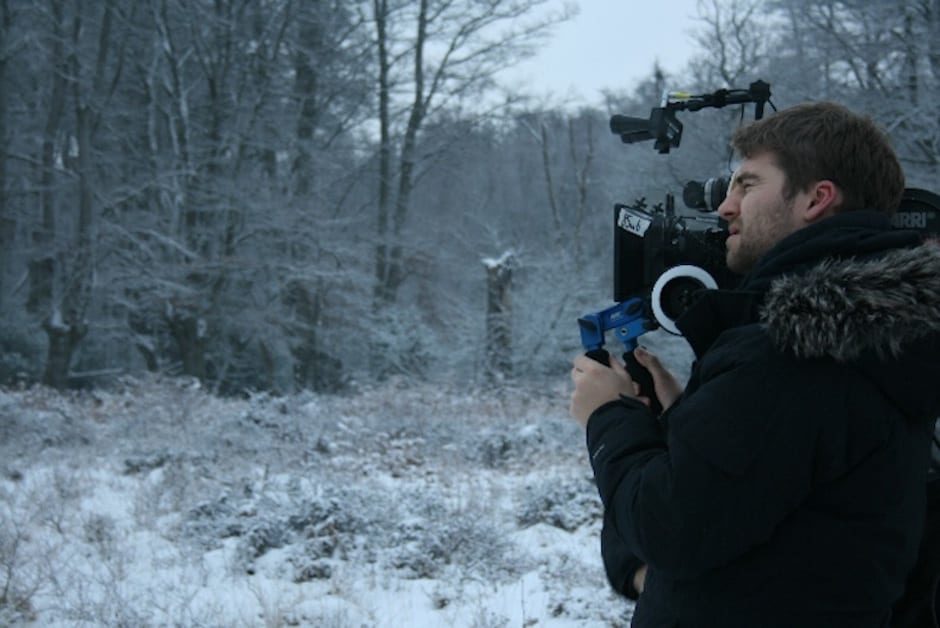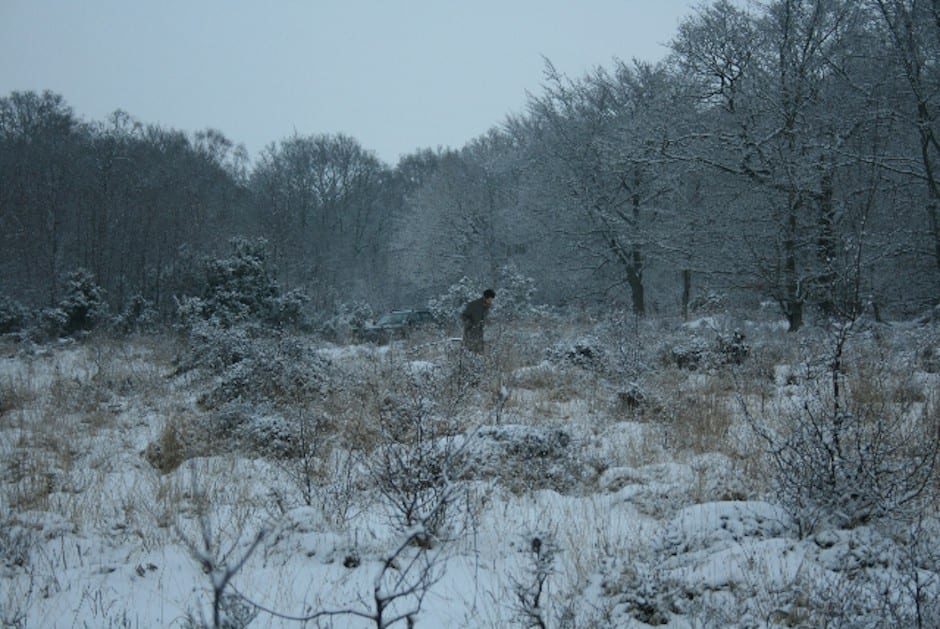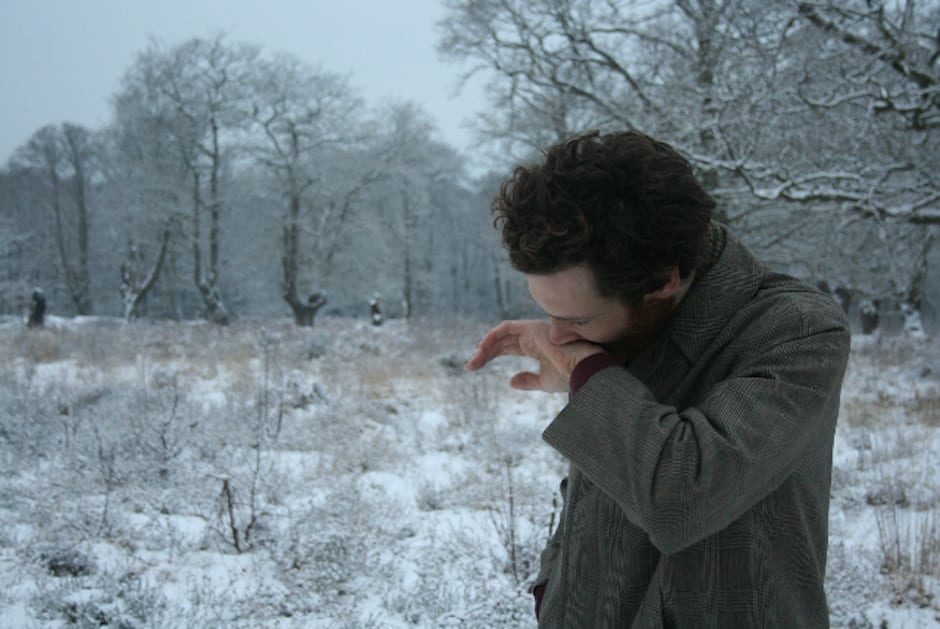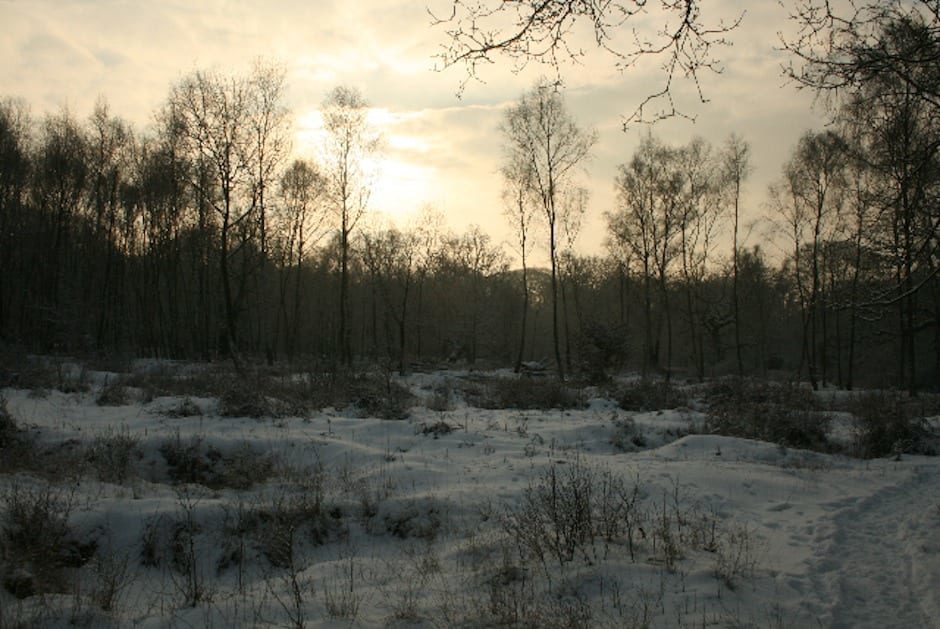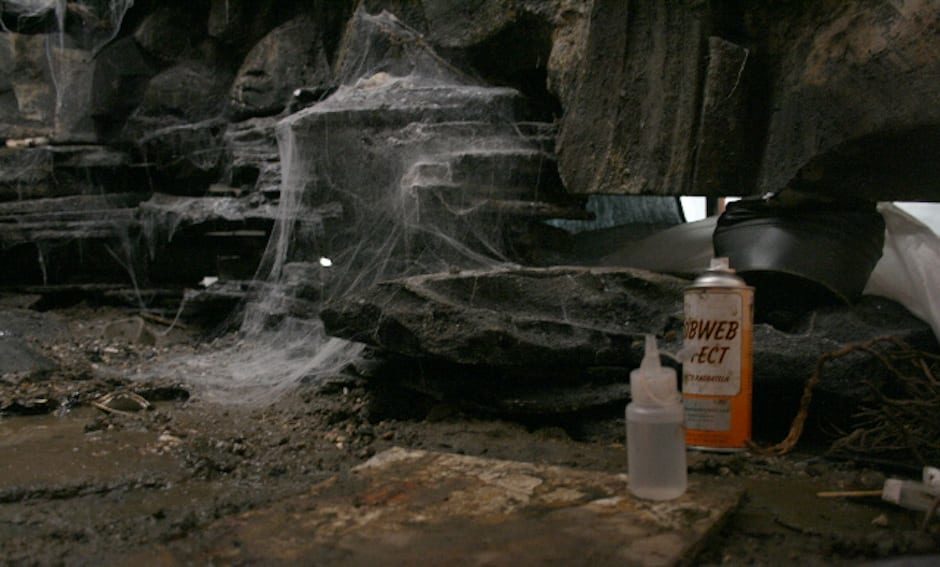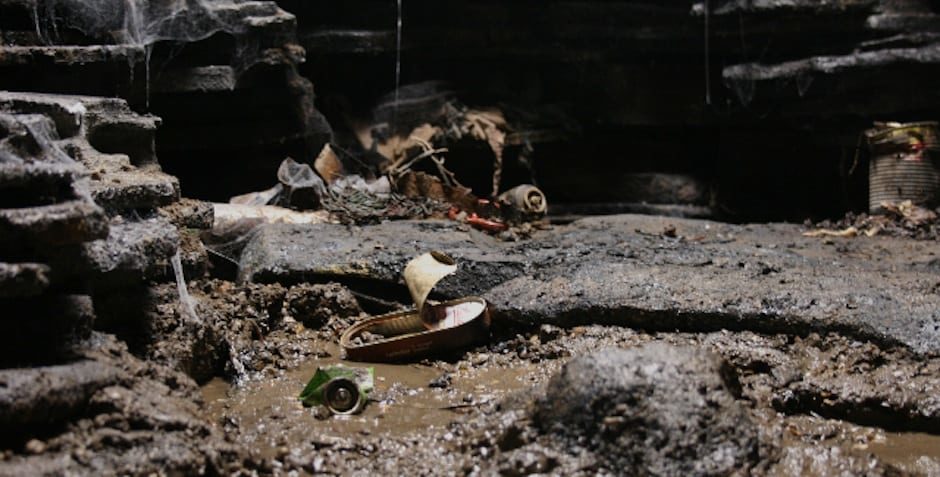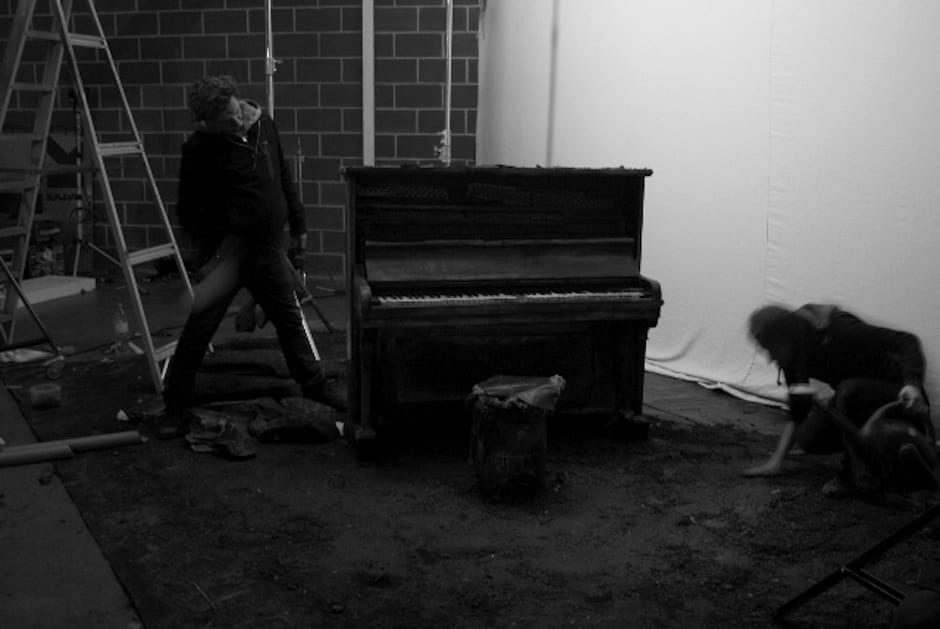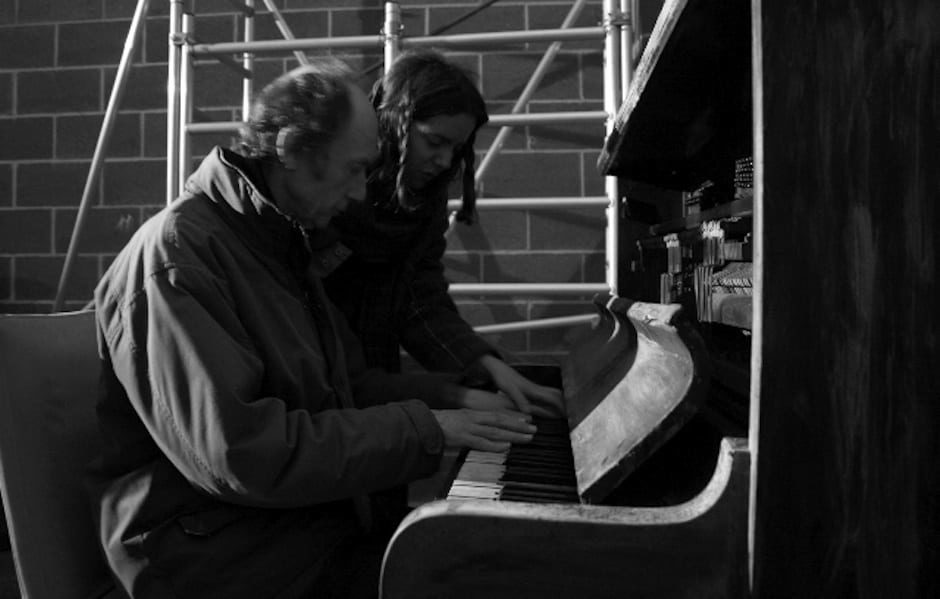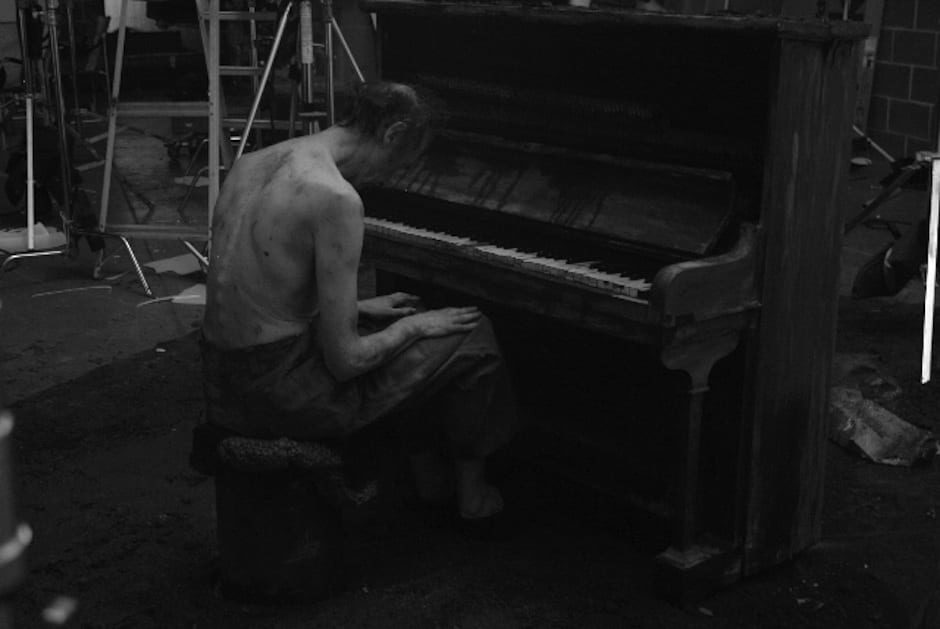We gather this is your first music video – why did you decide to take the plunge now and why did you choose to do it with this particular track?
We’ve always wanted to work with Chris. When you strip all the genre-bending beats and layers away from his music, you’ll find that the same timeless undercurrent pulses through all his work. We’ve known for a while now that this element of his craft—this balance between pathos and beauty would translate wonderfully into the medium of film, if captured correctly. So when we approached him with the idea of a promo and he reciprocated with the track Black Stone, we knew that we were onto something really exciting. Also, the fact that we had a pre-established relationship with him made the process so much more intimate and trustful.
When you first listened to the track, what sort of images did it conjure up in your minds?
The thought of a parallel universe immediately sprang to mind. The song is so short, yet it has the power to suck you in and spit you out in a dark and far-away place. So immediately terms like Black Hole and Portal entered the conversation. As an Islamic relic, we were also aware that a black stone has religious connotations, so the idea of myth-making and mysticism ended up in the meme pool too. Therefore from the very start we were really interested in incorporating the title of the track into our narrative, to allow it to exist as an actual object at the very center of our plot – an inanimate object with a life force of its own.
There’s something of the video that reminds us of childhood stories – the wintery forest, the door to another land, the small, scrawny imp-like musician – and yet it’s overlayed with a very adult bleakness and poignancy, particularly when the bearded observer returns the rock at the end. Was this something you were conscious of when developing the idea?
We’re very influenced by Tarkovsky, so we were very attracted to the idea of creating a piece that talks more to the subconscious than the conscious mind. We don’t want to over-explain it, because every person has to draw his or her own conclusion, but every single element in our story has a specific purpose. Nothing is gratuitous. Atmosphere and symbolism were crucial to the overall effect of the piece. In general we’re also very attracted to stories about misfits and outcasts. Franz Kafka was a major reference for our pianist and we drew a lot from his world too.
The pianist, alone in his decaying cave is a moving image for the all-consuming power of music. Do you think that the pianist is trapped by/addicted to the music or is it the one thing that gives him hope in the darkness?
Music is his only escape and it gives him hope. We don’t think he cares much for the outside world anymore.
What came first when you were developing the idea, the Gollum-like pianist or the bearded wanderer? And how do these characters relate to one another?
This idea of a parallel universe inevitably led us to dualistic worlds, which then led to a mutual birth of our two characters: the Observed and the Observer. We knew from the start that the bearded man existed for one very important reason: he had to evoke a sense of empathy in the viewer for the pianist. His performance at the end also adds to the emotional ambivalence of the experience. We also like the idea that these two characters could be the same person: is the bearded man looking at himself 40 years down the line or at the manifestation of a suppressed personality?
In terms of the technical aspects of making the video, what was the biggest challenge you faced and how did you over come it?
We used a miniature cave so the most technical part was probably creating the shot where we travel down into the cave. We didn’t use any motion control, so we essentially had to match the movement of the green screen and miniature set shots by hand. It was tough, but the DOP Justin Brown and his team really nailed it brilliantly.
As for the pianist, was he an actor? Was his body modified by prosthetics or CGI to give him the shockingly bony physique?
Yes. Phillip had an amazing body to begin with (that’s why we chose him) but the talented Giles from Electric Theatre Collective added some extra ribs and tweaked his body in post. We didn’t want it to be noticeably unreal, so it’s a good thing you’ve asked.
What about the insects and worms – was it a case of shooting real creepy-crawlies and playing around with scale or did you use much in the way of puppetry or CGI?
We shot real insects (brought all the way over from Berlin) and then just played around with scale.
What is your favourite thing about the promo?
Our luck. The fact that it snowed the night before our shoot just added so much more magic to the film. (We shot in Epping Forest just outside of London.) The strange thing is we mentioned Pieter Bruegel in our treatment when we described the landscape, and then it went ahead and transformed itself into one of his most famous paintings, “Hunters in the Snow”. The Black Stone must’ve been on our side this time.
SEE OTHER WORK BY THE VIKINGS and AMAZING PRODUCTION STILLS IN RELATED CONTENT
LINKS:
